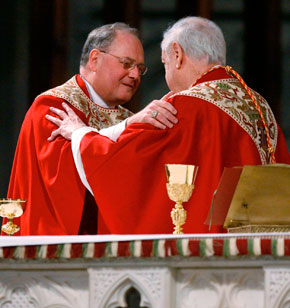
That project was conceived in Seattle, the home-base of the photographer's studio. But Curtis' fame, which rests mainly on his images of Native Americans, is a compilation that has become a national treasure. Everyone here is familiar with Curtis' work, and if you're lucky, some relative might have picked up a brown-tinted Curtis print at a garage sale or Bushell's auction somewhere along the way. One thing Short Nights of the Shadow Catcher does is to recover Curtis as a Seattle figure. It is the story of an artistic obsession the great photographer's ambitious attempt to record the cultures of the North American Indians in one, 20-volume work of photography, history, anthropology, ethnography. you name it. His new book, due out in early October, is Short Nights of the Shadow Catcher: The Epic Life and Immortal Photographs of Edward Curtis (Houghton Mifflin Harcourt, $28). But he's generally persuasive about his enthusiasms, sweeping you up in the power of the elements that are at the heart of his stories of dust, fire, rain, and now light and shadow. His work isn't all hero-worship - his Opinionator column for the New York Times features plenty of sharp writing when Egan wants to take down a worthy target.

He finds a narrative and drives it with enthusiasm, with passion. When Egan settles in with a subject for a book, he chooses to spend time with people he likes. The book is a now classic paean to our soggy corner.

We learned about the 19th century young man, Theodore Winthrop, who traveled by canoe and saddle through the region as the first great tourist and wrote about his adventures in ways that we can still relate to. In The Good Rain, Egan led us on a journey of rediscovery of the Pacific Northwest itself (Egan's home). In his National Book Award-winning history, The Worst Hard Time, Egan resurrected the lost stories of the Dust Bowl's survivors and told the tale of how government policies both contributed to the perfect storm of a natural disaster, but also how the New Deal response to it laid down a pathway to recovery, a lesson resonant in the times of climate change and Katrina.

In his last book, The Big Burn, Egan introduced us to the birth of the Forest Service, a big fire, brave men and the incredible vision - and weird quirks of character - of progressive figures like Theodore Roosevelt, John Muir and Gifford Pinchot, who did so much to shape (and save) the West as we know it and inspire new generations. A new Timothy Egan book is always an event if for no other reason than the author's enthusiasm for his subjects, and the larger lessons he draws from them.


 0 kommentar(er)
0 kommentar(er)
